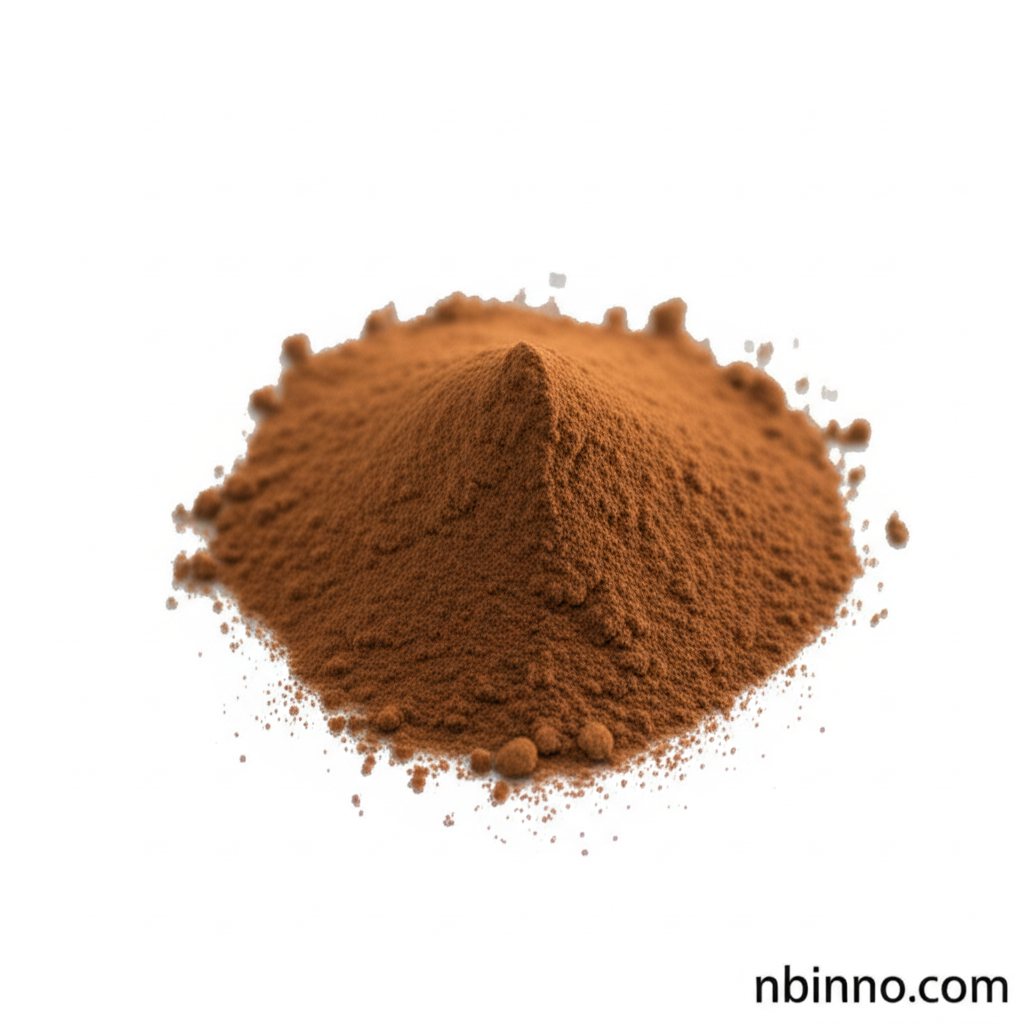3,4-Difluoro-1H-pyrrole: Synthesis, Properties, and Applications in Organic Chemistry
Discover the fundamental building block for advanced organic synthesis and material science.
Get a Quote & SampleProduct Core Value

3,4-Difluoro-1H-pyrrole
3,4-Difluoro-1H-pyrrole is a key heterocyclic compound widely utilized as a versatile building block in organic synthesis. Its unique difluoro substitution pattern makes it particularly valuable for creating complex fluorinated organic molecules, essential in pharmaceuticals, agrochemicals, and materials science. Researchers frequently search for '3,4-Difluoro-1H-pyrrole synthesis' to understand its preparation methods and '3,4-Difluoro-1H-pyrrole applications' to explore its diverse uses.
- Explore the synthesis pathways of 3,4-Difluoro-1H-pyrrole to unlock novel chemical structures.
- Leverage CAS 120047-51-0 properties in your advanced chemical research projects.
- Utilize pyrrole building blocks for innovative porphyrin synthesis.
- Incorporate fluorinated heterocycles for enhanced molecular performance.
Key Advantages
Versatile Building Block
As a primary 'pyrrole building block', this compound facilitates the construction of intricate molecular architectures, supporting various 'organic synthesis' projects.
Enhanced Molecular Properties
The presence of fluorine atoms in 'fluorinated heterocycles' often imparts unique properties like increased lipophilicity and metabolic stability, crucial for drug discovery.
Research Accessibility
With readily available 'CAS 120047-51-0 properties' data, researchers can efficiently integrate this chemical intermediate into their workflows.
Key Applications
Organic Synthesis
This chemical is fundamental for 'organic synthesis', allowing for the creation of novel compounds with precise structural control.
Porphyrin Synthesis
It serves as a vital component in 'porphyrin synthesis', leading to advanced materials used in photodynamic therapy and catalysis.
Pharmaceutical Intermediates
Used as 'chemical intermediates', it aids in the development of new pharmaceutical drugs.
Material Science
Its unique structure makes it valuable in developing new 'OLED materials' and other advanced functional materials.
